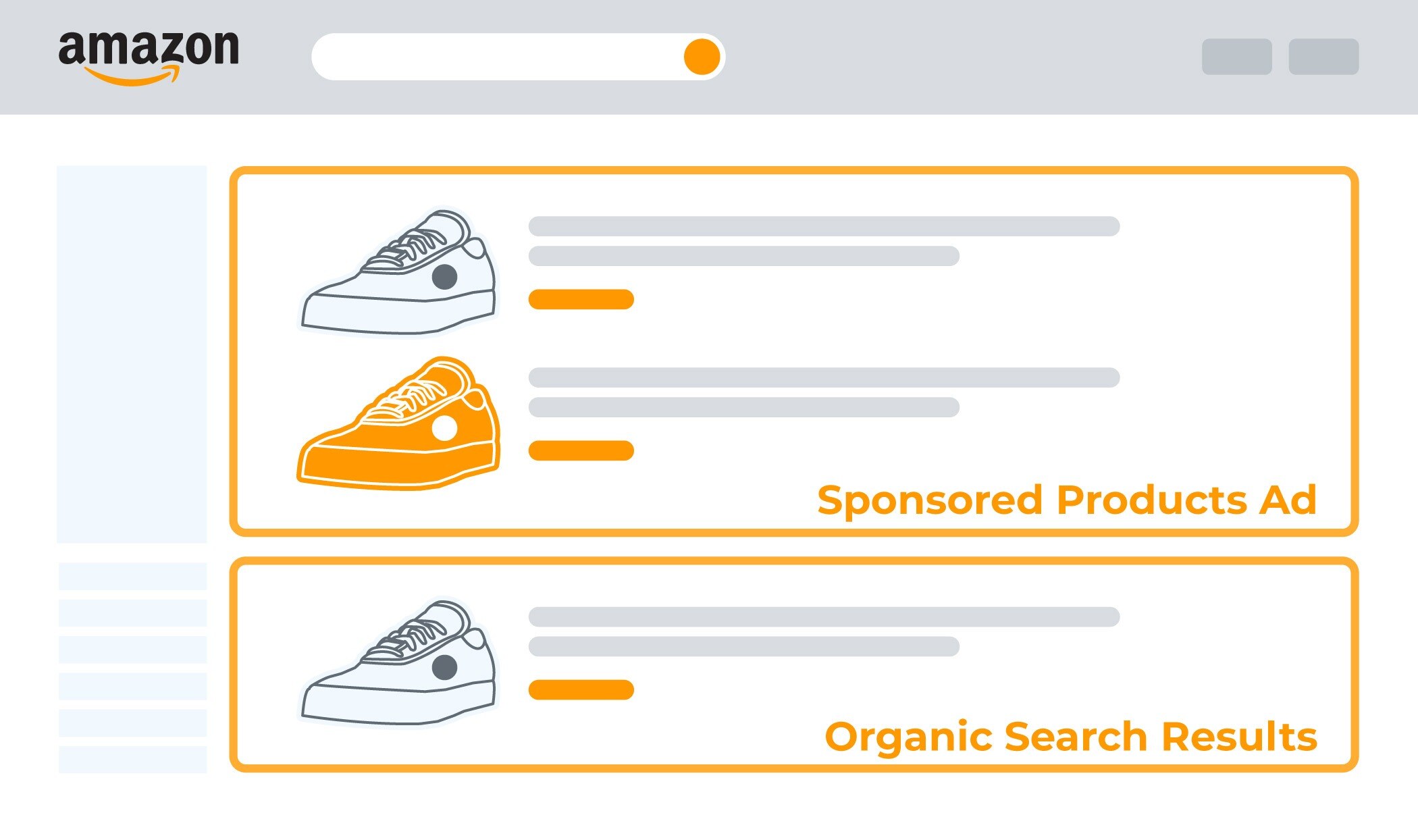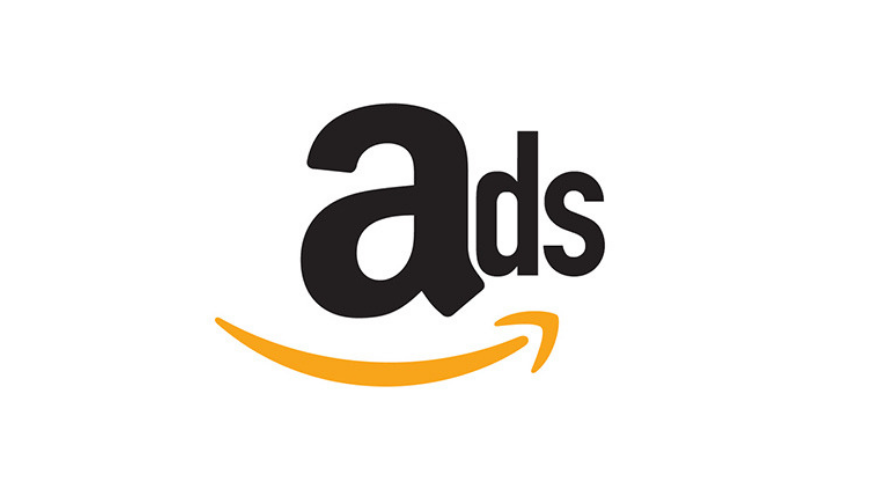5 min read
Amazon Explained: Winning The Buy Box
The labyrinth that is the Amazon Marketplace is a highly competitive place where Amazon and thousands of other third-party retailers compete to sell...

Amazon sellers must use every tool in the box to function in a digital landscape that is becoming more competitive by the day. Amazon Sponsored Products is a powerful tool of connection between the Amazon seller and the consumers looking for solutions.
Sponsored Products is a platform within the Amazon Marketplace that is made to drive vetted traffic to specific product detail pages. The ads are well placed and prolific, displayed within the Amazon.com search results and on product detail pages, appearing on desktop and mobile browsers and the mobile app.
One thing that all sellers can expect: The Amazon Marketplace will become more expensive to join as time goes on. As more sellers join, preferred placement within the platform becomes more necessary to do business. More sellers means higher bids in Amazon auctions. In order to compete, sellers must incorporate more advanced marketing campaigns meant to acquire new customers and engender loyalty with old customers.
Although tactics may vary from seller to seller, there are some tried and true Sponsored Product strategies that every seller can leverage to maneuver around competitors and raise those all important conversion rates. Let’s take a look at some of the best that everyone should know.
Learning the Amazon Auction
In order to understand Sponsored Product (SP) strategies moving forward, it is essential to understand the basics of the SP auction itself.
1. A prospect will search or browse Amazon for a certain product. Amazon will find every Sponsored Product that has keywords to match those on the customer’s browse page. When keywords are not available, as in the case of Automatic Campaigns, pure product content becomes the factor to determine relevance.
2. Amazon will also take away any advertisements that are not placing in the Buy Box.
3. After the ads are filtered, the remaining ads are analyzed. Anything that does not pass muster in terms of relevance is taken out of the auction.
For instance, if a prospect is searching out the term “doghouse,” Amazon will first locate all of the ads that are sponsored and contain the keywords matching the browse page keywords.
Any seller with a bid on the “doghouse” keyword in a group of ads that do not match will be removed by Amazon. The platform then prioritizes the ads that are left in terms of rank order, which is to say, the seller’s bid. Active campaigns with a history on the platform will display more ads. Click history is one of the most important metrics in the bidding algorithm for Amazon.
Now we come to the meat of the content: How an Amazon seller can rise above competition to ensure better placement in ad search results.
The Structure of Your Campaign
Matching your campaign to its best keywords can be done through a preliminary catalog campaign using the Sponsored Products platform. Make sure that you have all of your offerings ready to go regardless of the scale of your campaign.
Fully representing your full catalog of products when performing this initial advertising is important in figuring out which keywords your prospects and customers are actually using to find you. This keyword harvesting in Amazon helps sellers to pick out the keywords/search phrases that are active and popular.
In previous business generations, Amazon generated a Search Terms Report that gave sellers an exact match between SKU numbers and search terms, which was incredibly valuable data. Amazon no longer provides this matching information for each SKU, unfortunately. The change obfuscated the process of learning the exact relationship between products and keywords. Now, you may know that “doghouse” is doing well for you, but you will not be able to tell with exactitude how that keyword is performing with any particular SKU.
There is a way around this shortcoming in the system, however. You can build a campaign with one SKU for every ad group. If you put only one SKU per ad group, you can tell exactly which term is causing a sale or a clickthrough on a SKU. With this information, you can modify your bidding strategy with more precision. In short, granularity works on Amazon. Take the time to set up separate campaigns so that you can use the information that you get from the platform. Having the ability to know where to put campaign money later is well worth the upfront investment of time.
Harvesting Keywords
After you take these steps, you want to begin harvesting keywords. People who search out products on Amazon have a higher average purchase intent when compared to the average online prospect. Getting the right keywords in your campaigns is a vital part of your campaign. If you master the bidding process for your keywords, you can improve your organic listings as well as your page sales rank. This will usually lead to more sales of your product.
There are many tools that you can use for keyword harvesting. The trick is learning which tools are actually effective. Many that come from third party providers are great on the surface, but they do not provide the raw data that leads to optimized strategy and bidding decisions. For best results, sellers should go to Seller Central and look to the Search Terms Report for Sponsored Products.
Precision Product Targeting
One of the most important strategies to master in terms of keyword strategy is identifying negative keywords. If you overlook the negatives, you may end up spending more of your ad spend than you need to on terms that are actually underperforming.
Negative keywords help sellers ensure that their products are only being listed for the most relevant search terms possible. Learning negative keywords especially helps to remove unconverted clickthroughs from your funnel, giving you the ability to save a great deal of money.
Overall, you can target a more precise audience and greatly improve the Sponsored Products Campaigns that you pay for. You should look for a higher ROI if you start to use negative keywords.
These are the tips and tricks that everyone should know about. Let them serve as the foundation of your Amazon marketing strategy. With a platform as complex and as vast as Amazon, there will always be some hidden tips and tricks in the dark corners. Start with the basics, and let successful experience open new doors.
Amazon is a data-driven company. If you aren’t tracking and…
In 2023, Amazon introduced Brand Tailored Promotions in Seller Central,…
If you’ve ever wondered, ‘What do we do about bad…
E-commerce in Brazil is exploding. eMarketer suggests that more than…
Spoiler alert - The new inbound and FBA fees aren’t…
In the ever-evolving landscape of retail giants, Amazon, Walmart, and…
As businesses grow and scale, the inevitable dilemma arises: do…
unBoxed 2023 is officially underway and what an exciting day…
Every now and then, we hear noise in our industry…
Amazon typically keeps its numbers close its chest. But exactly…
As marketers, we spend a lot of time trying to…
Amazon CEO Jeff Bezos has always been a strong proponent…
Podean’s Amazon Explained Series delivers insights into the drivers of…
Insights from the Podean Marketplace Intelligence Team It can be…
Insights from the Podean Marketplace Intelligence Team What are some…
Insights from the Podean Marketplace Intelligence Team Most people think…
In Jeff Bezos’ letters to shareholders he often mentions how…
Amazon’s “Flywheel” concept has been extensively written about and in…

5 min read
The labyrinth that is the Amazon Marketplace is a highly competitive place where Amazon and thousands of other third-party retailers compete to sell...

3 min read
In part 2 of this articles, we’ll continue exploring how Amazon has become a powerful advertising giant and is rapidly gaining ground on Google and...

3 min read
As marketers, we spend a lot of time trying to understand the exact interest, movements, behavior and the many interesting data points relating to...
